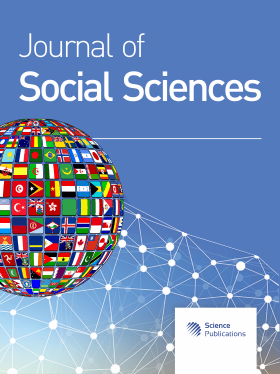Determinants of Spatial Patterns of Sex Ratio in Haryana, India
- 1 Jamia Millia Islamia, India
- 2 University of Mysore, India
Abstract
The sex ratio is an important social indicator of gender equality and status in a society. As such, it also reveals social development of a society. In a society wherein gender discrimination is in practice and devaluation of women is prevalent, sex-selective feticide, female infanticide, death of girl child’s due to neglect and discrimination in food as well as in provision of medical help and maternal deaths as result of no provision of timely health care during child birth find expression in the sex ratio of a society which is observed to be highly masculine. Haryana stands out as a prominent case study from the geographical perspective as the state could never reach a sex ratio near about national average since 1901 and even it could never cross the mark of 900. The paper aims to analyze the determinants which have great influence on the sex ratio in Haryana at rural and urban level. The results reveal that F-value of the regression models in both the cease is significant as much as less than 1%. The spatial variability value of the sex ratio in rural Haryana as indicated by R2 ensures that 58.3% or at minimum 57.4%, as indicated by adjusted R2. The model for urban sex ratio explains its variance that is highest than that of rural. The R2 returned by the model indicates that 74.7 or at least, as indicated by adjusted R2, 72.2% spatial variation in urban sex ratio.
DOI: https://doi.org/10.3844/jssp.2017.23.27

- 5,012 Views
- 3,495 Downloads
- 0 Citations
Download
Keywords
- Sex Ratio
- Rural
- Urban
- Spatial Pattern
- Regression
